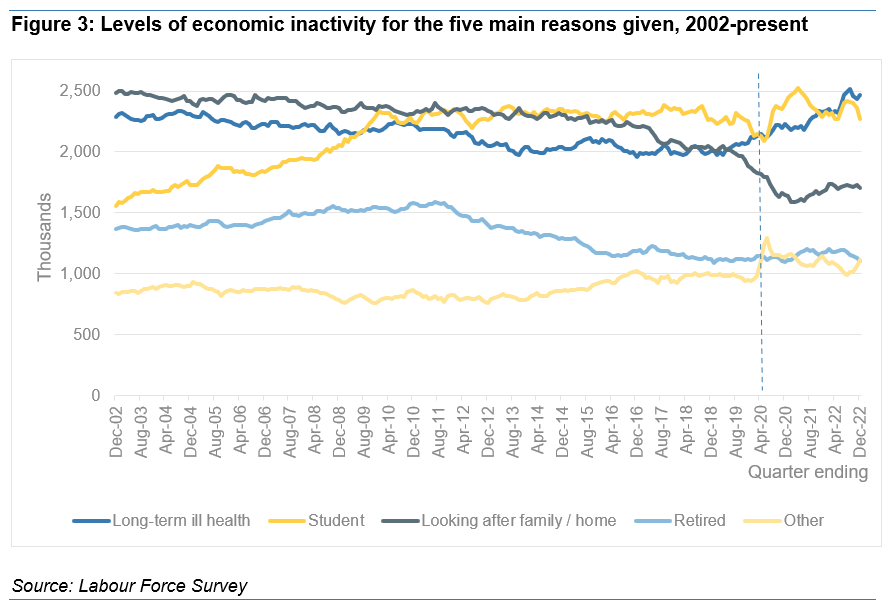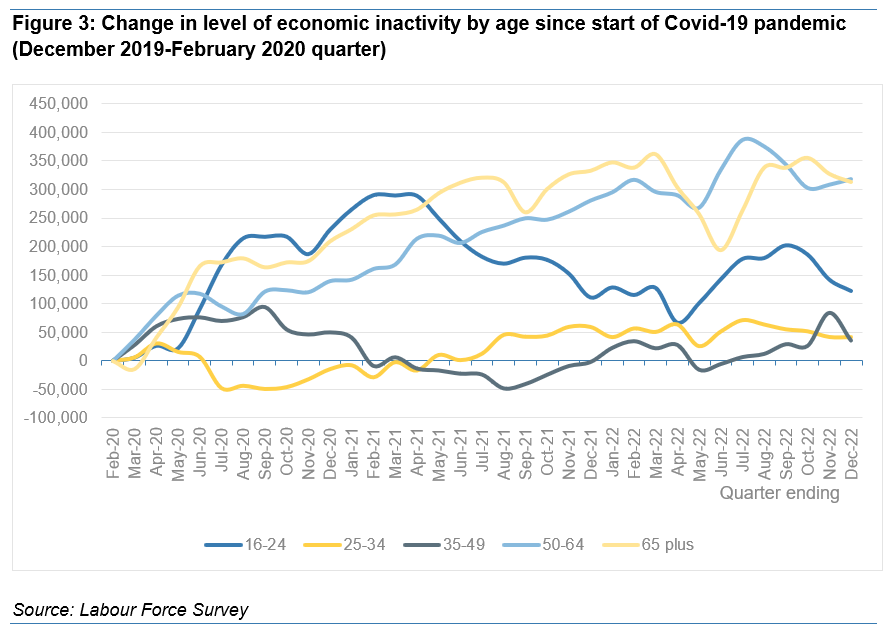John Mac
Senior Member (Voting Rights)
Prevalence of ongoing symptoms following coronavirus (COVID-19) infection in the UK: 3 November 2022
- An estimated 2.1 million people living in private households in the UK (3.3% of the population) were experiencing self-reported long COVID (symptoms continuing for more than four weeks after the first confirmed or suspected coronavirus (COVID-19) infection not explained by something else) as of 1 October 2022; these estimates are only fully comparable with those in the October 2022 bulletin, when prevalence was 2.3 million, and not with any other previous bulletins because of changes in data collection methods.
- Of people with self-reported long COVID, 262,000 (12%) first had (or suspected they had) COVID-19 less than 12 weeks previously, 1.8 million people (83%) at least 12 weeks previously, 1.1 million (50%) at least one year previously and 507,000 (24%) at least two years previously.
- Of people with self-reported long COVID, 641,000 (30%) first had (or suspected they had) COVID-19 before Alpha became the main variant; this figure was 257,000 (12%) in the Alpha period, 395,000 (19%) in the Delta period and 749,000 (35%) in the Omicron period.
- Long COVID symptoms adversely affected the day-to-day activities of 1.6 million people (73% of those with self-reported long COVID), with 333,000 (16%) reporting that their ability to undertake their day-to-day activities had been "limited a lot".
- Fatigue continued to be the most common symptom reported as part of individuals' experience of long COVID (70% of those with self-reported long COVID), followed by difficulty concentrating (45%), shortness of breath (42%) and muscle ache (42%).
- As a proportion of the UK population, the prevalence of self-reported long COVID was greatest in people aged 35 to 69 years, females, people living in more deprived areas, those working in social care, those aged 16 years or over who were not working and not looking for work, and those with another activity-limiting health condition or disability.
- The estimates presented in this analysis relate to self-reported long COVID, as experienced by study participants who responded to a representative survey, rather than clinically diagnosed ongoing symptomatic COVID-19 or post-COVID-19 syndrome in the full population.





